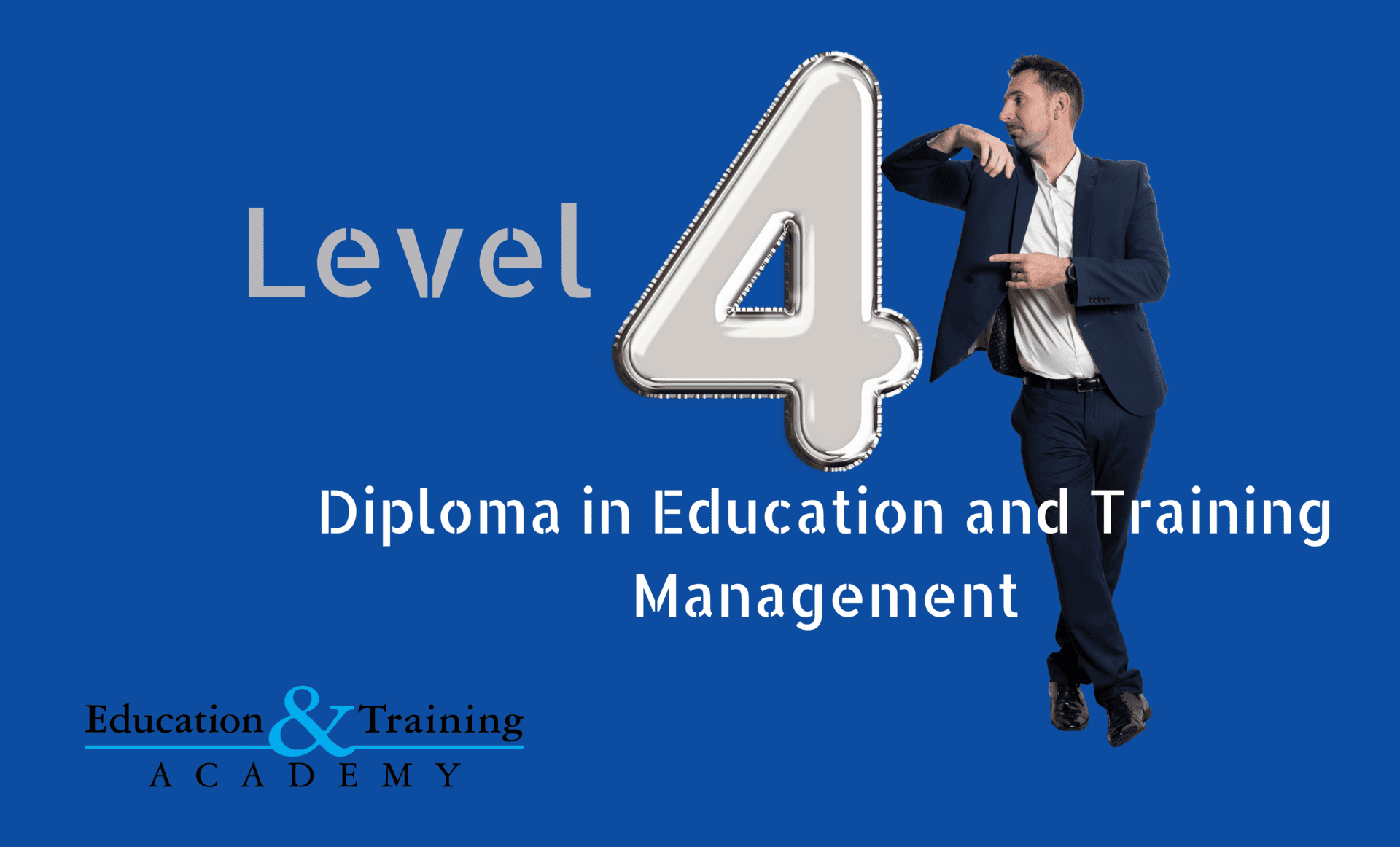
Navigating the Evaluation Landscape: A Comparative Look at Methodologies for Level 4 and Level 5 Diploma Educators
In the realm of the Level 4 Diploma in Education and Training Management and the Level 5 Diploma in Teaching (FE and Skills) (DiT), understanding and applying effective methodologies for monitoring and evaluating educational programs is essential. These methodologies not only enhance the learning experience but also ensure that teaching practices are continually refined and aligned with educational goals. Let's delve into a comparative analysis of the most influential evaluation theories and methods, examining their roles and impacts in the educational landscape.
Kirkpatrick’s Four-Level Model: A Structured Approach
Kirkpatrick's Four-Level Model stands as a cornerstone in the evaluation of training programs, offering a structured approach that moves from immediate reactions to long-term outcomes:
- Reaction: Measures learners' immediate response to the training, providing insights into their engagement and perceived value.
- Learning: Assesses the increase in knowledge or skills post-training, evaluating the direct impact of the educational content.
- Behaviour: Looks at the transfer of learned skills to the workplace or practical settings, a critical measure of applicability.
- Results: Gauges the broader impact of training on organisational or societal goals, embodying the ultimate value of educational efforts.
This model's strength lies in its comprehensive nature, covering the spectrum from learner satisfaction to tangible outcomes. However, its later stages can be challenging to measure, requiring robust mechanisms to track long-term effects.
Brookfield’s Critical Lens Theory: A Reflective Practice
Brookfield’s approach to evaluation emphasises reflective practice through four critical lenses, offering a rich qualitative dimension to understanding educational effectiveness:
- The Autobiographical Lens: Encourages educators to reflect on their own experiences as learners and teachers.
- The Students’ Eyes: Gathers insights directly from learners, valuing their perspectives on the educational experience.
- Colleagues' Perceptions: Involves peer feedback and collaboration, offering an external viewpoint on teaching practices.
- Theoretical Literature: Draws on existing research and theories to contextualise and critique teaching strategies.
Brookfield’s model is particularly valuable for its focus on personal growth and qualitative insights, though it may require a balance with more quantitative methods for a full evaluation.
The Interplay of Qualitative and Quantitative Information
The dichotomy between qualitative and quantitative data represents a fundamental aspect of educational evaluation:
- Qualitative Information: Provides depth and context, revealing the nuances of learner experiences and the ‘why’ behind outcomes. It is indispensable for understanding the impact of education on a personal level.
- Quantitative Information: Offers objective, measurable data that can be used to benchmark progress and compare outcomes. Essential for tracking performance and outcomes systematically.
A comprehensive evaluation strategy employs both types of data to capture the complexity of educational experiences fully.
Feedback from Various Sources: A Multi-Faceted Perspective
Incorporating feedback from a wide range of stakeholders – including learners, educators, employers, and peers – ensures a holistic view of the educational process. This multiplicity of perspectives enriches the evaluation, providing a rounded understanding of the program's effectiveness and areas for improvement.
Continuous Improvement through Evaluation
The ultimate goal of monitoring and evaluating education and training provision is continuous improvement. By employing a blend of methodologies and gathering data from diverse sources, educators can create dynamic, responsive, and effective learning environments. For the Level 4 and Level 5 Diplomas, this means not only meeting the immediate needs of learners but also anticipating future challenges and opportunities in education and training.
Conclusion
For educators embarking on the Level 4 Diploma in Education and Training Management and the Level 5 Diploma in Teaching (FE and Skills) (DiT), navigating the evaluation landscape requires a nuanced understanding of various methodologies. By embracing both structured and reflective evaluation practices, and balancing qualitative with quantitative data, educators can ensure their programs are not just effective but truly transformative. This balanced, comprehensive approach to evaluation is key to fostering an environment of continual learning and improvement, ensuring that education and training provision remains at the forefront of excellence.


